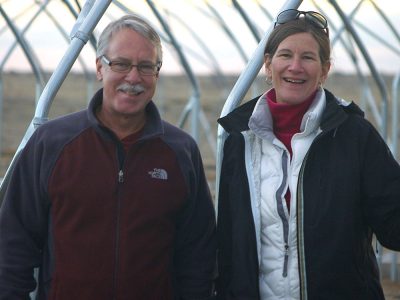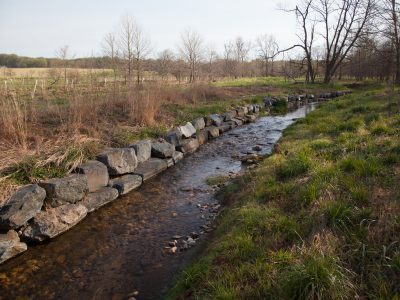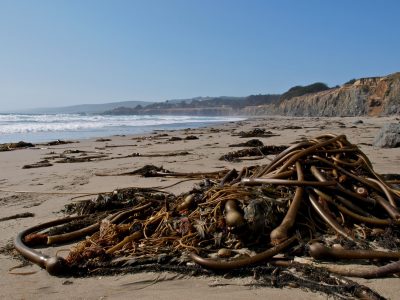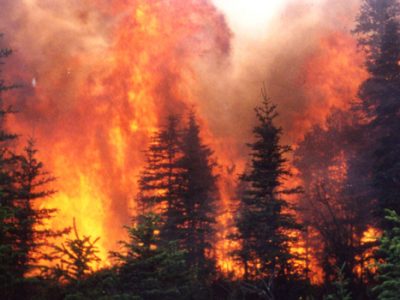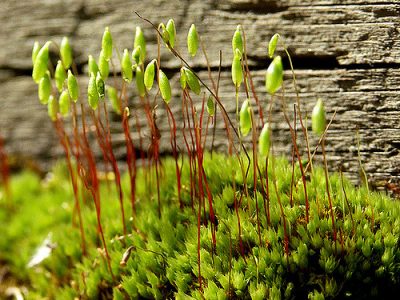2017 REU opportunities
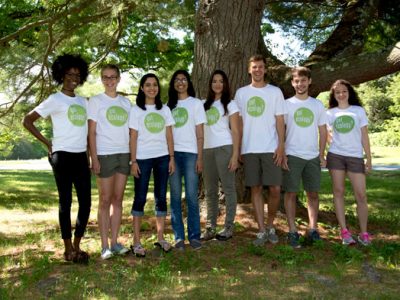
NSF funds a large number of research opportunities for undergraduate students through its Research Experiences for Undergraduates (REU) Sites Program. The REU program allows for active research participation by undergraduate students in any of the areas of research funded by the National Science Foundation. Each student is associated with a specific research project, where he/she… Read more »


